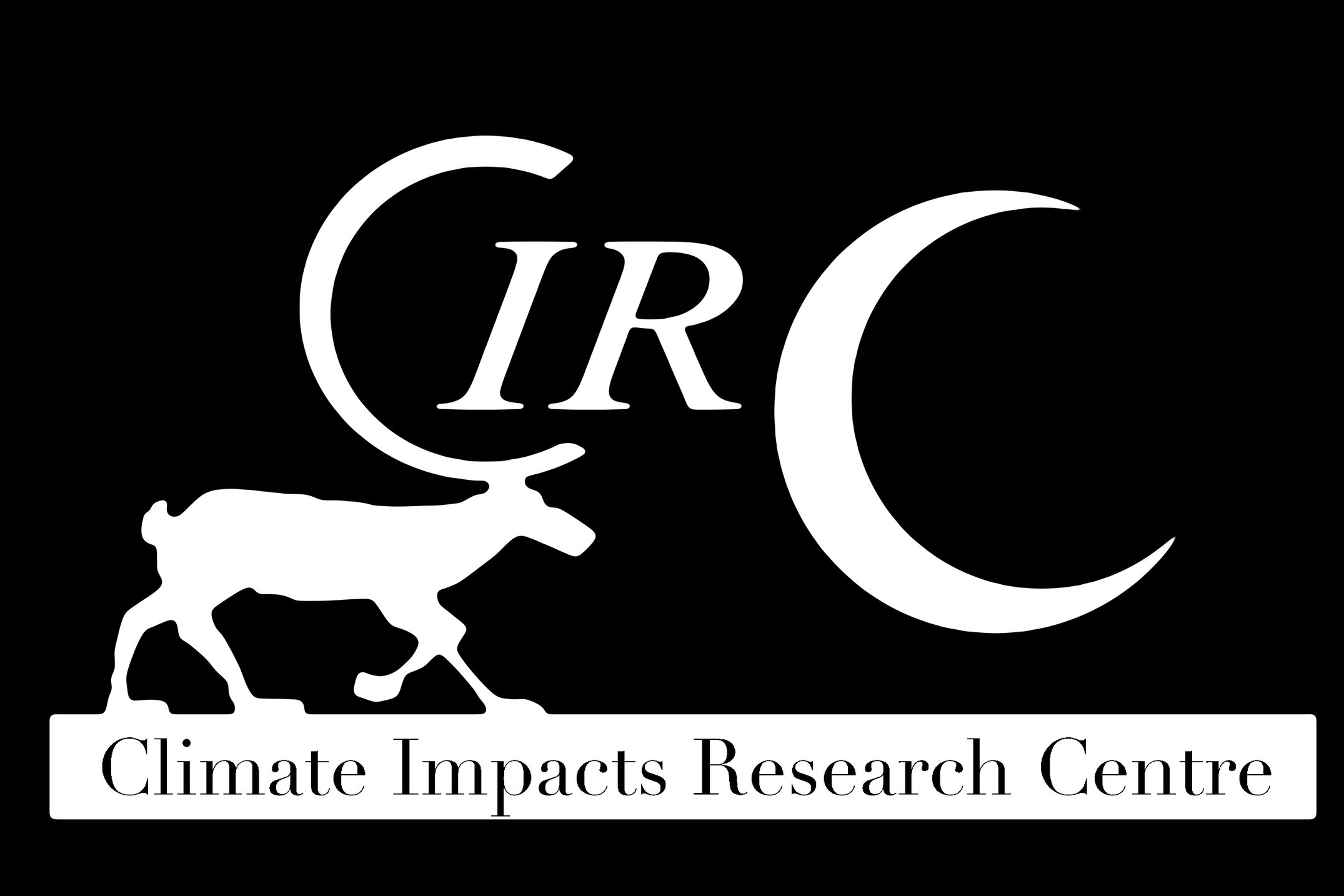Big or small fish for harvesting? Effects of ontogenetic habitat shifts and bottlenecks in recruitment
Project Summary
Commonly fish undergo ontogenetic habitat shifts, i.e. they change habitat over their life span as they grow in size. Commonly, habitats for spawning and juvenile growth often differs from the habitat used by adults for growth. Such ontogenetic habitat shifts link variation in productivity and mortality among habitats to influence adult population size structure and density in unexpected ways and limits our understanding of fish population responses to environmental stressors and fishing mortality. Therefore, management interventions to e.g. increase fish production, targeting a specific population stage (juveniles/adults) in a population may fail or even be counterproductive. We study lake living brown trout, a highly valued species for recreational and commercial fisheries, which mainly use stream ecosystems for reproduction and as nursery habitats. Based on a large data set on trout population demographics and ratios of adult lake to juvenile stream habitat availability we build predictive models for trout abundance and size structure. In combination with results from detailed field studies in lake and streams, whole-lake experiments and theoretical population modelling we develop a framework to predict how trout population size-structure, biomass and production varies over gradients of the available lake to stream habitats and harvesting. Targeting managers of trout populations, the project will provide tools to predict how different brown trout populations respond to different levels of fishing mortality and different management interventions.
Principal Investigator
Pär Byström, Umeå University
Collaborators
David Seekell, Umeå University
Ryan Sponseller, Umeå University
Tobias vanKooten, Wageningen University and Research Centre
Anders Finstad, NTNU
Funding
FORMAS
Funding Period
2020-2022




